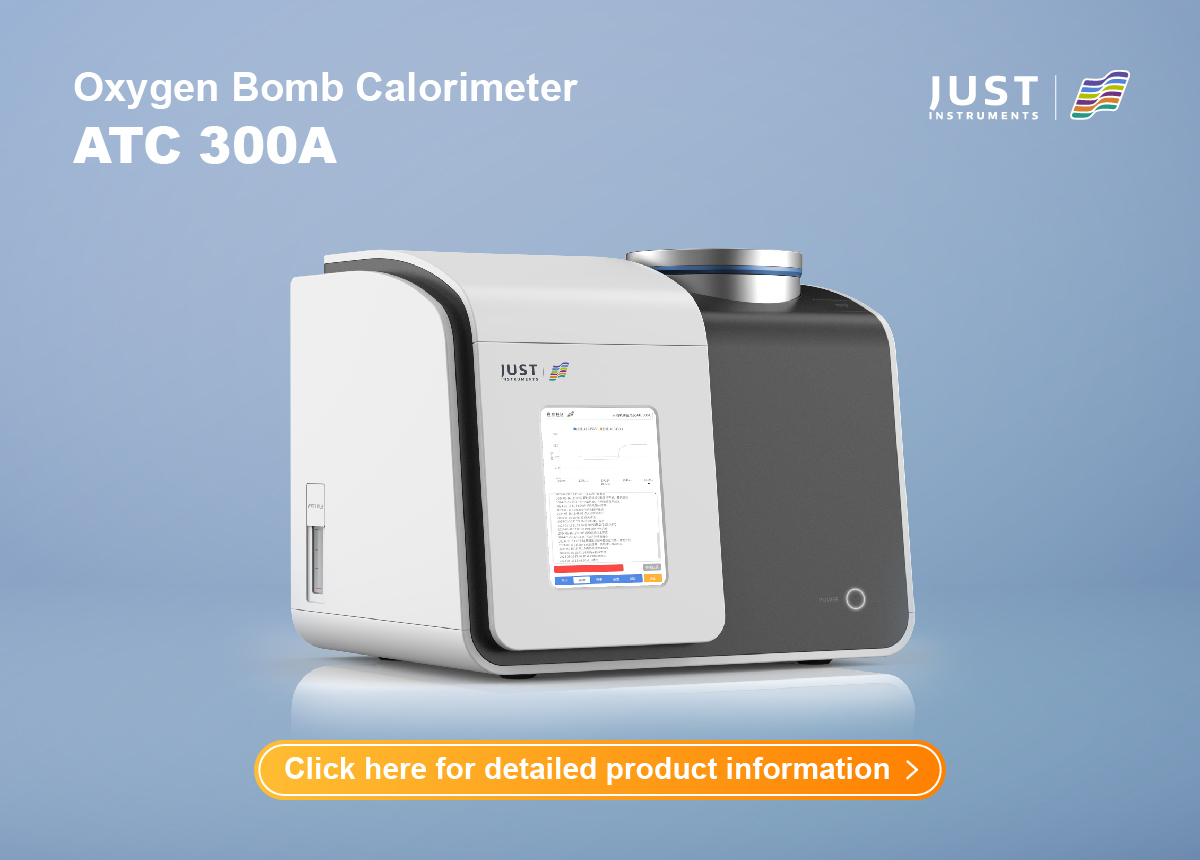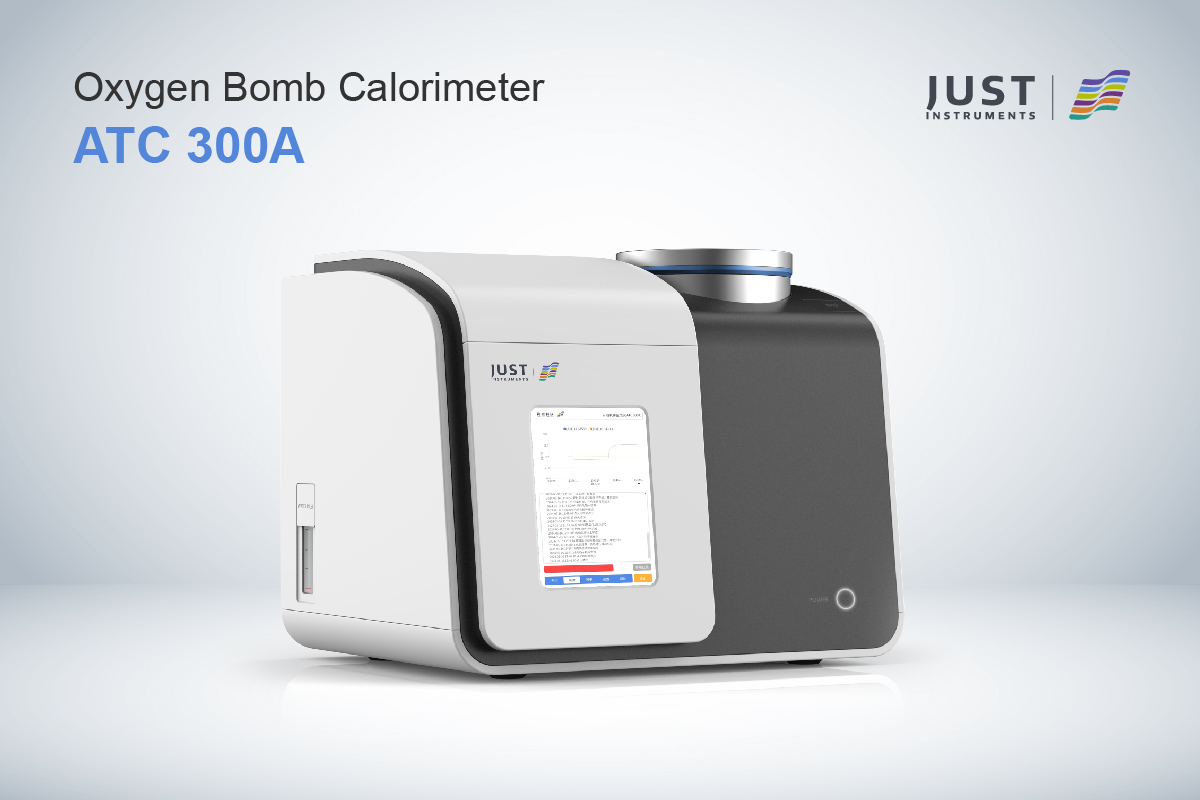Bomb Calorimeter: Understanding Its Function and Importance in Chemistry
If you’re interested in chemistry or thermodynamics, you may have heard of the Bomb Calorimeter. This device is used to measure the heat of combustion of a sample. It is a type of constant-volume calorimeter that is used to determine the heat evolved in a combustion reaction.
The Bomb Calorimeter is a precision instrument that is commonly used in both academic and industrial settings. It is ideal for measuring the heat of combustion of fuels and foods. The device consists of a bomb, which is a sealed container that is filled with oxygen and a sample of the substance being tested. The bomb is then placed in a jacket filled with water, which is used to control the temperature during the combustion process.
The heat of combustion is calculated by measuring the temperature change in the water jacket. The Bomb Calorimeter is an accurate and reliable method for measuring the heat of combustion of a sample. It is commonly used in the food industry to determine the caloric content of foods, as well as in the energy industry to determine the energy content of fuels.
Principles of Operation
A bomb calorimeter is a device used to measure the heat of combustion of a substance. The combustion reaction is initiated by igniting the sample inside a sealed metal container known as a bomb, which is filled with oxygen. The heat generated by the combustion reaction is absorbed by the surrounding water, which is held in a jacket surrounding the bomb. The resulting rise in temperature of the water is measured, and from this, the heat of combustion can be calculated.
The heat of combustion is the amount of heat released when a substance is burned in oxygen. It is a measure of the energy content of the substance and is expressed in units of energy per unit mass, such as joules per gram or calories per gram.
Bomb Calorimeter Components
A bomb calorimeter is a device used to measure the heat of combustion of a substance by igniting it and measuring the heat released. It consists of several components that work together to provide accurate measurements. Here are the three main components of a bomb calorimeter:
Calorimeter Chamber
The calorimeter chamber is the main component of the bomb calorimeter. It is a strong steel shell that can withstand high pressure and high temperatures. The chamber is filled with a known amount of water, and a sample of the substance to be tested is placed inside a platinum crucible that is suspended in the chamber. The chamber is then sealed to prevent any heat from escaping.
Ignition System
The ignition system is responsible for igniting the sample inside the calorimeter chamber. The most common type of ignition system is an electric spark, which is produced by passing an electric current through a thin wire that is in contact with the sample. The spark ignites the sample, which then burns and releases heat into the water in the calorimeter chamber.
Temperature Measurement
The temperature measurement system is used to measure the change in temperature of the water in the calorimeter chamber. This change in temperature is directly proportional to the amount of heat released by the sample during combustion. The most common type of temperature measurement system is a thermocouple, which is a device that measures the voltage difference between two metal wires that are in contact with the water. The voltage difference is then converted into a temperature reading using a calibration curve.
Overall, the components of a bomb calorimeter work together to provide accurate measurements of the heat of combustion of a substance. By carefully controlling the conditions inside the calorimeter chamber, it is possible to measure the heat released by a sample with a high degree of accuracy.
Calorimetry Procedure
When conducting an experiment using a Bomb Calorimeter, there are three main steps that you need to follow: Sample Preparation, Calibration, and Data Collection.
Sample Preparation
Before starting the experiment, you need to prepare the sample that you will be testing. The sample needs to be dry and finely ground so that it can be easily burned. You should also weigh the sample accurately to ensure that you get accurate results.
Calibration
Calibration is an important step in the Bomb Calorimeter experiment. It involves burning a known substance, such as benzoic acid, to determine the amount of heat that is produced. This information is then used to calibrate the calorimeter so that accurate results can be obtained.
Data Collection
Data collection is the final step in the experiment. To collect data, you need to place the sample in the bomb and fill it with oxygen. You then ignite the sample and measure the temperature change that occurs. This temperature change is used to calculate the heat of combustion of the sample.
During data collection, it is important to ensure that the experiment is conducted under controlled conditions. The calorimeter should be insulated to prevent heat loss, and the stirring should be consistent to ensure that the sample is burned evenly.
By following these steps, you can obtain accurate results using a Bomb Calorimeter.
Data Analysis
Once you have collected data from the Bomb Calorimeter, the next step is to analyze it. There are two main aspects of data analysis: energy calculation and error analysis.
Energy Calculation
The energy released by the combustion reaction in the Bomb Calorimeter can be calculated using the following formula:
Energy = Heat Capacity of Calorimeter * Change in Temperature
The heat capacity of the calorimeter can be determined experimentally by burning a known amount of a standard fuel, such as benzoic acid, in the calorimeter and measuring the resulting temperature change. Once the heat capacity of the calorimeter is known, the energy released by the combustion of the sample can be calculated by measuring the temperature change during the reaction.
Error Analysis
There are several sources of error that can affect the accuracy of Bomb Calorimeter measurements. Some of the main sources of error include incomplete combustion of the sample, heat loss to the surroundings, and variations in the heat capacity of the calorimeter.
To minimize these sources of error, it is important to carefully control the experimental conditions and to use appropriate calibration procedures. For example, the calorimeter should be insulated to minimize heat loss, and the combustion reaction should be allowed to proceed until all of the sample has been burned. Additionally, it is important to calibrate the calorimeter using a standard fuel before conducting any measurements, to ensure that the heat capacity of the calorimeter is accurately known.
By carefully controlling the experimental conditions and performing appropriate calibration procedures, it is possible to obtain accurate and reliable measurements of the energy released by combustion reactions using a Bomb Calorimeter.
Applications and Limitations
Industrial Applications
Bomb calorimeters have a wide range of applications in various industries. They are commonly used in the food industry to determine the calorific value of food products. This information is important for food manufacturers to determine the energy content of their products, which can help them with labeling and nutritional information. In addition, bomb calorimeters are used in the petroleum industry to measure the calorific value of fuels, which is important for determining their efficiency and quality.
Research Applications
Bomb calorimeters are also commonly used in research applications. They are used to determine the heat of combustion of various substances, which is important for understanding their chemical properties and energy content. This information can be used in a variety of research fields, including biochemistry, environmental science, and materials science.
Accuracy Considerations
While bomb calorimeters have many advantages, there are also some limitations and disadvantages associated with their use. One of the main limitations is that they require a relatively large sample size, which can be a challenge when working with expensive or rare substances. In addition, bomb calorimeters can be affected by various factors, such as moisture content and impurities in the sample, which can affect the accuracy of the results.
It is important to take these limitations into consideration when using bomb calorimeters in research or industrial applications. However, with proper calibration and attention to detail, bomb calorimeters can provide accurate and reliable results for a wide range of applications.








































